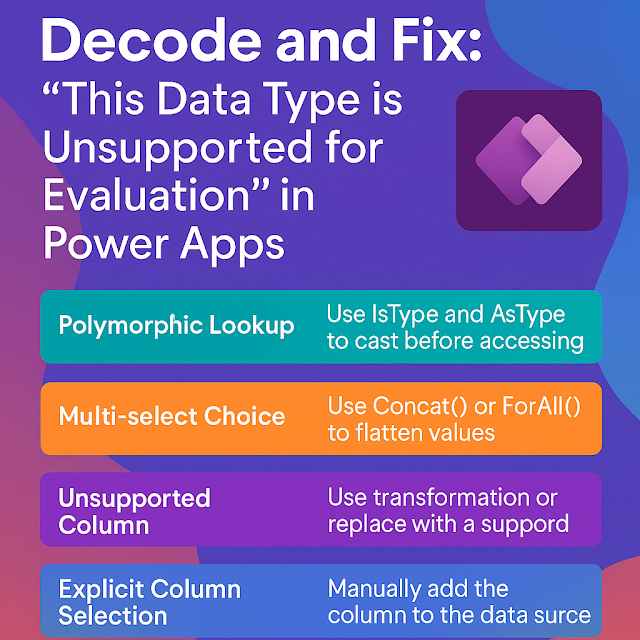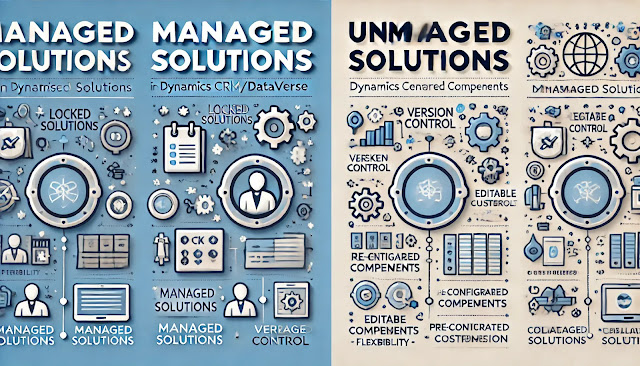Microsoft Dynamics 365 Customer Experience Analyst : Customize Copilot for Sales forms and fields
Copilot for Sales in Dynamics 365 Sales enhances the way sellers interact with customer data by intelligently surfacing insights and suggestions directly within forms and fields. When working on lead, opportunity, or account forms, Copilot assists users by providing AI-driven recommendations, summarizing key customer details, and suggesting next best actions. It leverages existing data in fields such as customer name, deal stage, estimated revenue, and close date to generate context-aware insights that help sellers save time and focus on relationship building. Copilot also assists in drafting follow-up emails, capturing meeting notes, and updating key form fields through natural language commands. By integrating seamlessly into the sales forms, Copilot transforms the traditional data-entry experience into a proactive and intelligent workflow that empowers sales teams to work smarter and close deals faster.
Copilot for Sales is an AI-powered assistant within Dynamics 365 Sales that helps sellers work more efficiently by generating insights, summaries, and suggested actions based on customer data. To make Copilot truly effective, it’s important to customize the forms and fields it interacts with—ensuring that the AI understands your business data model and surfaces relevant insights.
Customizing Copilot for Sales involves tailoring the data inputs (fields), form layouts, and AI context settings so that Copilot provides insights aligned with your organization’s sales process.
2. Key Customization Areas
A. Identify Relevant Entities and Forms
Copilot interacts mainly with standard sales entities such as:
- Lead
- Opportunity
- Account
- Contact
- Email and Appointment
To start customizing:
1. Navigate to Dynamics 365 Sales Hub → Settings → Customizations → Customize the System.
2. Open the desired entity (e.g., Opportunity).
3. Select the Main Form used by sales users.
B. Customize Fields for Copilot Context
Copilot uses the fields on forms to understand deal context, generate summaries, and provide recommendations.
You can:
- Add or remove business-critical fields such as Estimated Revenue, Close Date, Probability, Customer, Next Step, and Competitor.
- Add custom fields that represent your organization’s unique sales process (e.g., Card Type, Approval Status, Channel Source).
- Mark key fields as required or read-only to maintain data quality.
Once added, ensure these fields are mapped to Copilot context settings so the AI understands their business meaning.
C. Configure Copilot Context Settings
1. Go to the Power Platform Admin Center.
2. Under Sales Copilot settings, configure data and field mapping.
3. Define which fields are used for:
- Opportunity summaries
- Lead qualification suggestions
- Deal progress updates
- Meeting recap generation
This ensures that Copilot references accurate and relevant data when providing insights.
D. Enable AI Features on Forms
Within the form designer:
- Add Copilot controls or AI summary cards to the form.
- Configure Copilot panels (e.g., “Ask Copilot” pane) to appear in key sales forms.
- Enable field-level AI suggestions such as automatic note generation or email response drafting.
For example, on the Opportunity form, you can include:
- A Copilot Summary Card that provides real-time deal insights.
- An AI Assistant Pane that lets users ask Copilot to “Summarize this opportunity” or “Suggest next actions.”
E. Adjust Security and Permissions
Only users with appropriate security roles can view or interact with Copilot.
Ensure:
- The Sales Manager, Salesperson, or System Customizer roles have permissions for AI and Copilot features.
- Sensitive fields (e.g., financial data) are hidden or restricted based on security roles.
F. Test and Validate
After customization:
1. Log in as a test user (e.g., Salesperson).
2. Open an opportunity or lead form.
3. Ask Copilot to “Summarize this record” or “Suggest follow-up actions.”
4. Verify that the generated insights reflect your new fields and form layout.
If Copilot doesn’t recognize custom fields, review the field mapping and Copilot configuration in the admin center.
3. Example Scenario
For example, if your organization manages Debit Card Requests as opportunities, you might add custom fields such as:
- Card Type (Platinum, Gold, Silver)
- Card Limit
- Verification Status
- Customer Segment
Once mapped, Copilot can generate summaries like:
“This opportunity is for a Platinum Debit Card request with an estimated limit of $50,000. Verification is pending, and the customer belongs to the Premium Banking segment.”
This provides quick, context-aware insights for sales reps.
4. Benefits of Customizing Copilot for Sales
- Provides relevant AI insights aligned with your business process.
- Reduces manual data entry by letting Copilot suggest updates or next actions.
- Enhances seller productivity and helps teams focus on relationship building.
- Improves data quality and consistency across leads and opportunities.
5. Summary
Customizing Copilot for Sales forms and fields allows you to shape how AI understands your sales data.
By mapping the right fields, adjusting form layouts, and enabling AI summaries, you create a more intelligent, context-driven sales experience that mirrors your organization’s real-world selling process.













Comments
Post a Comment